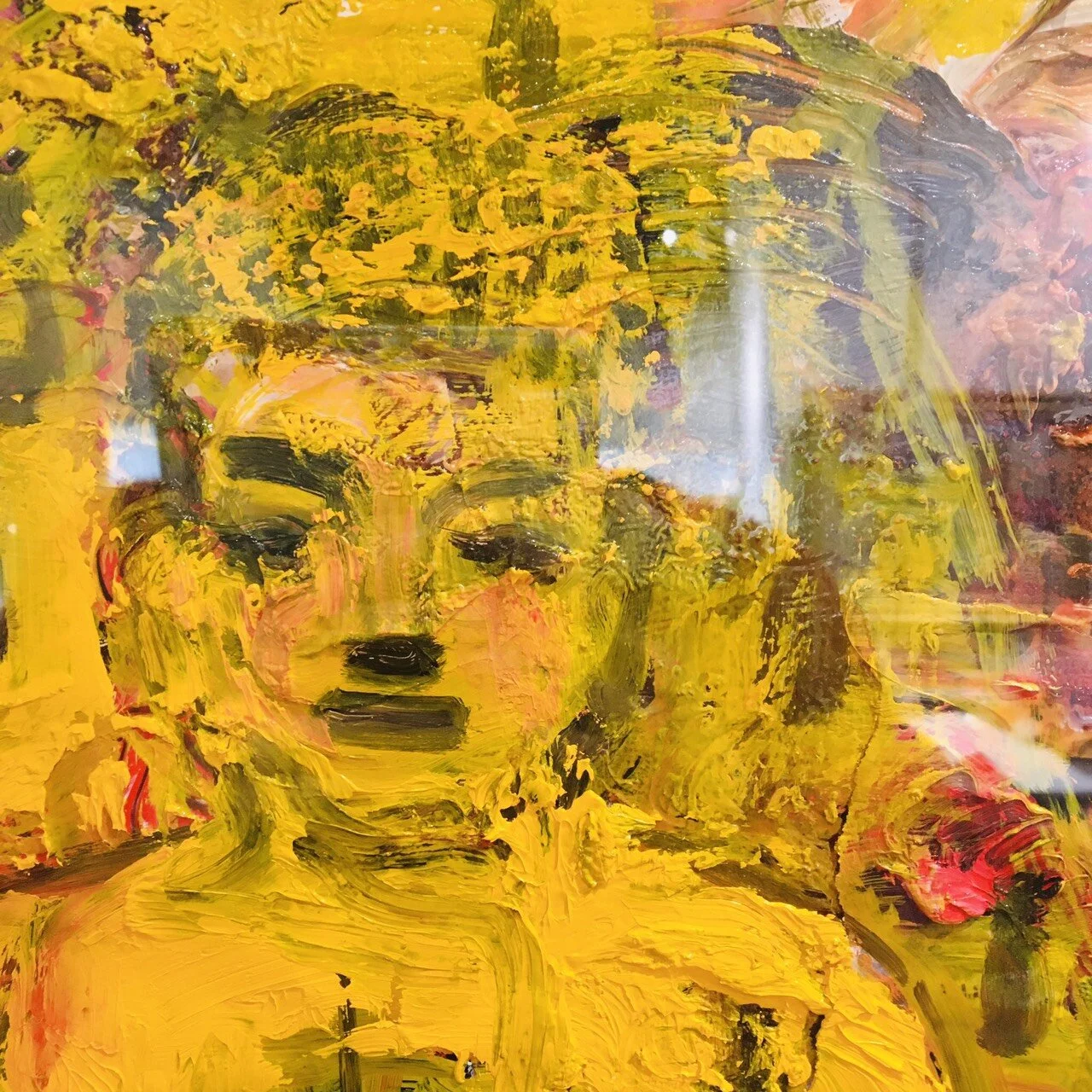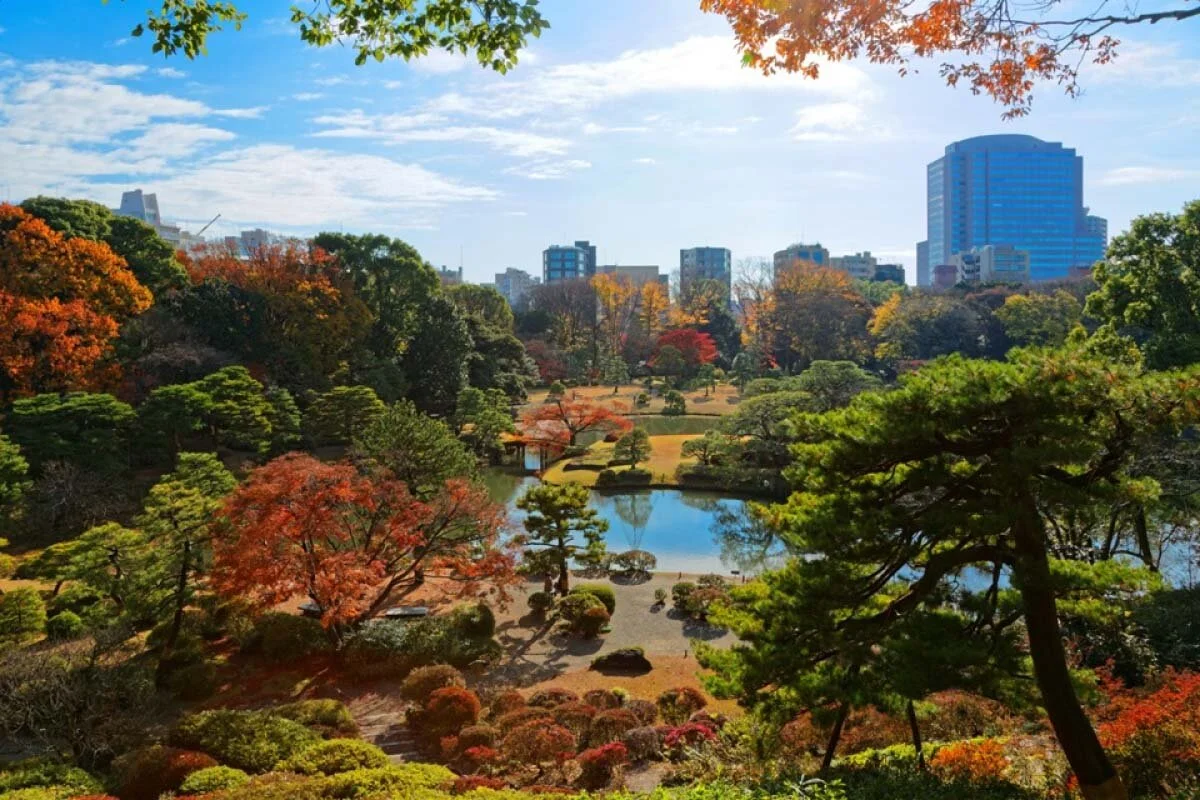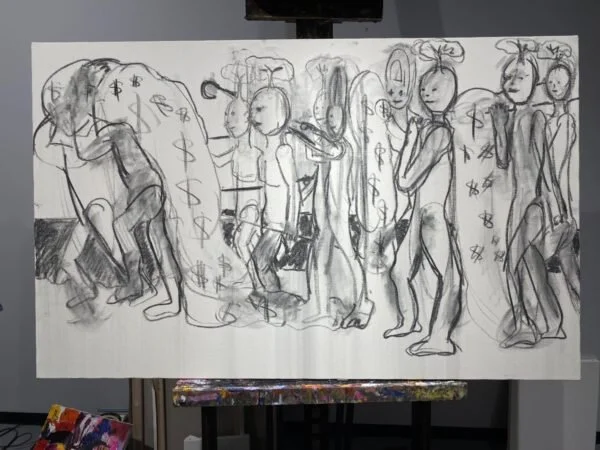Art saved me during the most difficult time of my life. And now, with the support of many fans, I am able to make a living as a painter.
Now it is my turn to help those who have lost hope.
I'm thinking of calling it the Takuma Car Project, where I'll be working with the people who have been suffering from the coronavirus pandemic to make painted cars to sell as a charity project.
First of all, I'm going to auction off my paint car from December 25 to January 10. Since the awareness of painted cars is low in Japan, it will also serve as an advertisement. At the same time, we are asking for people who want to paint on the cars or who have lost their jobs.
In the second half of January, myself and some unemployed people will paint small paintings on the cars of those who want to be painted. Our team will gradually improve their skills, and when we get used to it, we will paint a whole car to make a painted car.
























